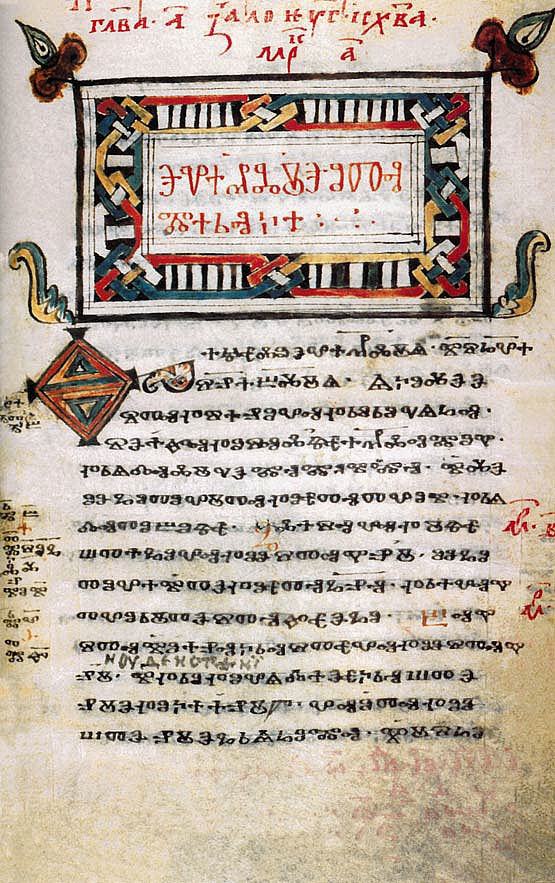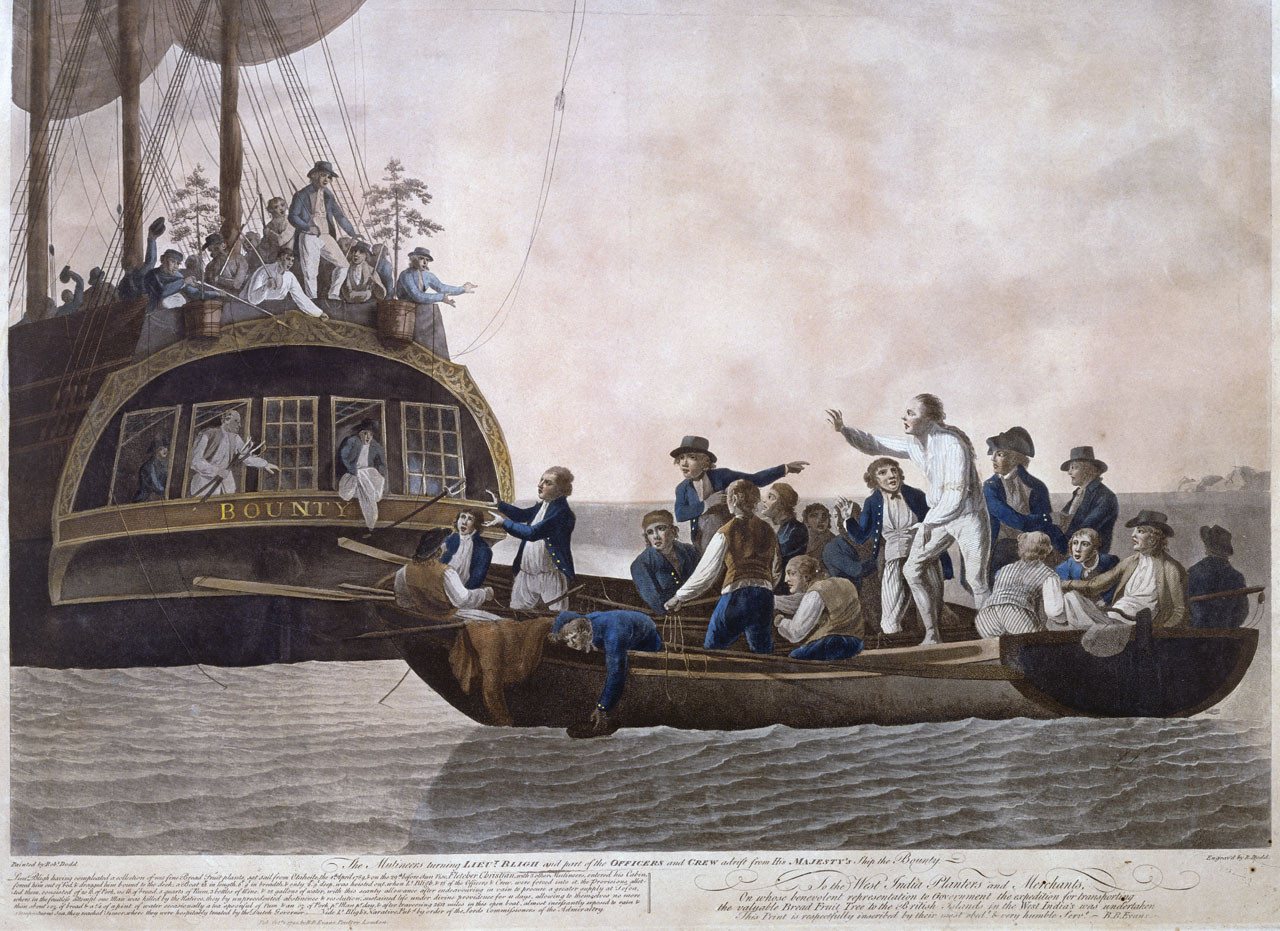|
Startide Rising
''Startide Rising'' is a 1983 science fiction novel by American writer David Brin, the second book of six set in his Uplift Universe (preceded by '' Sundiver'' and followed by '' The Uplift War''). It earned both Hugo and Nebula Awards for Best Novel. It was revised by the author in 1993 to correct errors and omissions from the original edition. An early work by David Brin, it was extremely well reviewed when it was published, has remained popular, and served as the seed for three more novels which revolved around the crew of the Earthship '' Streaker'' (the Uplift Storm Trilogy). It joins the ranks of double-winners of both the Hugo and Nebula awards for best science fiction novel. ''Startide Rising'' also won the Locus Award for Best Science Fiction Novel in 1984, making it one of the "triple crown" winners of the Hugo, Nebula and Locus award. Parts of ''Startide Rising'' were published as "The Tides of Kithrup" in the May 1981 issue of ''Analog''. ''The Tides of Kithrup'' w ... [...More Info...] [...Related Items...] OR: [Wikipedia] [Google] [Baidu] |
David Brin
Glen David Brin (born October 6, 1950) is an American scientist and author of science fiction. He has won the Hugo,Who's Getting Your Vote? , October 29, 2008, '''' Locus, Campbell and Nebula Awards. His novel '' The Postman [...More Info...] [...Related Items...] OR: [Wikipedia] [Google] [Baidu] |
Extraterrestrial Life In Popular Culture
An extraterrestrial or alien is any extraterrestrial lifeform; a lifeform that did not originate on Earth. The word ''extraterrestrial'' means "outside Earth". The first published use of ''extraterrestrial'' as a noun occurred in 1956, during the Golden Age of Science Fiction. Extraterrestrials are a common theme in modern science-fiction, and also appeared in much earlier works such as the second-century parody '' True History'' by Lucian of Samosata. Gary Westfahl writes: History Pre-modern Cosmic pluralism, the assumption that there are many inhabited worlds beyond the human sphere predates modernity and the development of the heliocentric model and is common in mythologies worldwide. The 2nd century writer of satires, Lucian, in his '' True History'' claims to have visited the moon when his ship was sent up by a fountain, which was peopled and at war with the people of the Sun over colonisation of the Morning Star. Other worlds are depicted in such early works as ... [...More Info...] [...Related Items...] OR: [Wikipedia] [Google] [Baidu] |
Chinese Language
Chinese (, especially when referring to written Chinese) is a group of languages spoken natively by the ethnic Han Chinese majority and many minority ethnic groups in Greater China. About 1.3 billion people (or approximately 16% of the world's population) speak a variety of Chinese as their first language. Chinese languages form the Sinitic branch of the Sino-Tibetan languages family. The spoken varieties of Chinese are usually considered by native speakers to be variants of a single language. However, their lack of mutual intelligibility means they are sometimes considered separate languages in a family. Investigation of the historical relationships among the varieties of Chinese is ongoing. Currently, most classifications posit 7 to 13 main regional groups based on phonetic developments from Middle Chinese, of which the most spoken by far is Mandarin (with about 800 million speakers, or 66%), followed by Min (75 million, e.g. Southern Min), Wu (74 million, e ... [...More Info...] [...Related Items...] OR: [Wikipedia] [Google] [Baidu] |
Bulgarian Language
Bulgarian (, ; bg, label=none, български, bălgarski, ) is an Eastern South Slavic language spoken in Southeastern Europe, primarily in Bulgaria. It is the language of the Bulgarians. Along with the closely related Macedonian language (collectively forming the East South Slavic languages), it is a member of the Balkan sprachbund and South Slavic dialect continuum of the Indo-European language family. The two languages have several characteristics that set them apart from all other Slavic languages, including the elimination of case declension, the development of a suffixed definite article, and the lack of a verb infinitive. They retain and have further developed the Proto-Slavic verb system (albeit analytically). One such major development is the innovation of evidential verb forms to encode for the source of information: witnessed, inferred, or reported. It is the official language of Bulgaria, and since 2007 has been among the official languages of ... [...More Info...] [...Related Items...] OR: [Wikipedia] [Google] [Baidu] |
Scots Language
Scots (endonym: ''Scots''; gd, Albais, ) is an Anglic language, Anglic Variety (linguistics), language variety in the West Germanic language, West Germanic language family, spoken in Scotland and parts of Ulster in the north of Ireland (where the local dialect is known as Ulster Scots dialect, Ulster Scots). Most commonly spoken in the Scottish Lowlands, Northern Isles and northern Ulster, it is sometimes called Lowland Scots or Broad Scots to distinguish it from Scottish Gaelic, the Goidelic languages, Goidelic Celtic language that was historically restricted to most of the Scottish Highlands, the Hebrides and Galloway after the 16th century. Modern Scots is a sister language of Modern English, as the two diverged independently from the same source: Early Middle English (1150–1300). Scots is recognised as an indigenous language of Scotland, a regional or minority language of Europe, as well as a vulnerable language by UNESCO. In the 2011 United Kingdom census, 2011 Scottis ... [...More Info...] [...Related Items...] OR: [Wikipedia] [Google] [Baidu] |
English Language
English is a West Germanic language of the Indo-European language family, with its earliest forms spoken by the inhabitants of early medieval England. It is named after the Angles, one of the ancient Germanic peoples that migrated to the island of Great Britain. Existing on a dialect continuum with Scots, and then closest related to the Low Saxon and Frisian languages, English is genealogically West Germanic. However, its vocabulary is also distinctively influenced by dialects of France (about 29% of Modern English words) and Latin (also about 29%), plus some grammar and a small amount of core vocabulary influenced by Old Norse (a North Germanic language). Speakers of English are called Anglophones. The earliest forms of English, collectively known as Old English, evolved from a group of West Germanic ( Ingvaeonic) dialects brought to Great Britain by Anglo-Saxon settlers in the 5th century and further mutated by Norse-speaking Viking settlers starting in ... [...More Info...] [...Related Items...] OR: [Wikipedia] [Google] [Baidu] |
Anglic Languages
The Anglo-Frisian languages are the Anglic ( English, Scots, and Yola) and Frisian varieties of the West Germanic languages. The Anglo-Frisian languages are distinct from other West Germanic languages due to several sound changes: besides the Ingvaeonic nasal spirant law, which is present in Low German as well, Anglo-Frisian brightening and palatalization of are for the most part unique to the modern Anglo-Frisian languages: * English ''cheese'', Scots ' and West Frisian ', but Dutch ', Low German ', and German ' * English ''church'', and West Frisian ', but Dutch ', Low German ', ', and German ', though Scots ' * English ''sheep'', Scots ' and West Frisian ', but Dutch (pl. ), Low German , German (pl. ) The grouping is usually implied as a separate branch in regards to the tree model. According to this reading, English and Frisian would have had a proximal ancestral form in common that no other attested group shares. The early Anglo-Frisian varieties, like Old Englis ... [...More Info...] [...Related Items...] OR: [Wikipedia] [Google] [Baidu] |
Yosa Buson
was a Japanese poet and painter of the Edo period. Along with Matsuo Bashō and Kobayashi Issa, Buson is considered among the greatest poets of the Edo Period. He is also known for completing haiga as a style of art, working with haibun prose, and experimenting with a mixed Chinese-Japanese style of poetry. Biography Early life, training, and travels Buson was born in the village of Kema in Settsu Province (present-day Kema, Miyakojima Ward, Osaka). His original family name was Taniguchi. Buson scarcely discussed his childhood, but it is commonly thought that he was the illegitimate son of the village head and a migrant worker from Yoza. According to the Taniguchi family in Yosano, Kyoto, Buson was the son of a servant woman named Gen, who had come to work in Osaka and had a child with her master. A grave of Gen survives in Yosano. There is an oral tradition that the young Buson had been cared for at the Seyaku-ji temple in Yosano, and later, when Buson returned to Ta ... [...More Info...] [...Related Items...] OR: [Wikipedia] [Google] [Baidu] |
Haiku
is a type of short form poetry originally from Japan. Traditional Japanese haiku consist of three phrases that contain a ''kireji'', or "cutting word", 17 ''On (Japanese prosody), on'' (phonetic units similar to syllables) in a 5, 7, 5 pattern, and a ''kigo'', or seasonal reference. Similar poems that do not adhere to these rules are generally classified as ''senryū''. Haiku originated as an opening part of a larger Japanese poem called renga. These haiku written as an opening stanza were known as ''hokku'' and over time they began to be written as stand-alone poems. Haiku was given its current name by the Japanese writer Masaoka Shiki at the end of the 19th century. Originally from Japan, haiku today are written by authors worldwide. Haiku in English and Haiku in languages other than Japanese, haiku in other languages have different styles and traditions while still incorporating aspects of the traditional haiku form. Non-Japanese haiku vary widely on how closely they follow ... [...More Info...] [...Related Items...] OR: [Wikipedia] [Google] [Baidu] |
Mutiny
Mutiny is a revolt among a group of people (typically of a military, of a crew or of a crew of Piracy, pirates) to oppose, change, or overthrow an organization to which they were previously loyal. The term is commonly used for a rebellion among members of the military against an internal force, but it can also sometimes mean any type of rebellion against any force. Mutiny does not necessarily need to refer to a military force and can describe a political, economic, or power structure in which there is a Revolution, change of power. During the Age of Discovery, mutiny particularly meant open rebellion against a ship's Captain (nautical), captain. This occurred, for example, during Ferdinand Magellan's journeys around the world, resulting in the killing of one mutineer, the Capital punishment, execution of another, and the marooning of others; on Henry Hudson's ''Discovery'', resulting in Hudson and others being set adrift in a boat; and the notorious mutiny on the Bounty, mutiny ... [...More Info...] [...Related Items...] OR: [Wikipedia] [Google] [Baidu] |
Tsunami
A tsunami ( ; from ja, 津波, lit=harbour wave, ) is a series of waves in a water body caused by the displacement of a large volume of water, generally in an ocean or a large lake. Earthquakes, volcanic eruptions and other underwater explosions (including detonations, landslides, glacier calvings, meteorite impacts and other disturbances) above or below water all have the potential to generate a tsunami. Unlike normal ocean waves, which are generated by wind, or tides, which are in turn generated by the gravitational pull of the Moon and the Sun, a tsunami is generated by the displacement of water from a large event. Tsunami waves do not resemble normal undersea currents or sea waves because their wavelength is far longer. Rather than appearing as a breaking wave, a tsunami may instead initially resemble a rapidly rising tide. For this reason, it is often referred to as a tidal wave, although this usage is not favoured by the scientific community because it mig ... [...More Info...] [...Related Items...] OR: [Wikipedia] [Google] [Baidu] |
Battleship
A battleship is a large armored warship with a main battery consisting of large caliber guns. It dominated naval warfare in the late 19th and early 20th centuries. The term ''battleship'' came into use in the late 1880s to describe a type of ironclad warship,Stoll, J. ''Steaming in the Dark?'', Journal of Conflict Resolution Vol. 36 No. 2, June 1992. now referred to by historians as pre-dreadnought battleships. In 1906, the commissioning of into the United Kingdom's Royal Navy heralded a revolution in the field of battleship design. Subsequent battleship designs, influenced by HMS ''Dreadnought'', were referred to as "dreadnoughts", though the term eventually became obsolete as dreadnoughts became the only type of battleship in common use. Battleships were a symbol of naval dominance and national might, and for decades the battleship was a major factor in both diplomacy and military strategy.Sondhaus, L. ''Naval Warfare 1815–1914'', . A global arms race in battleship con ... [...More Info...] [...Related Items...] OR: [Wikipedia] [Google] [Baidu] |








